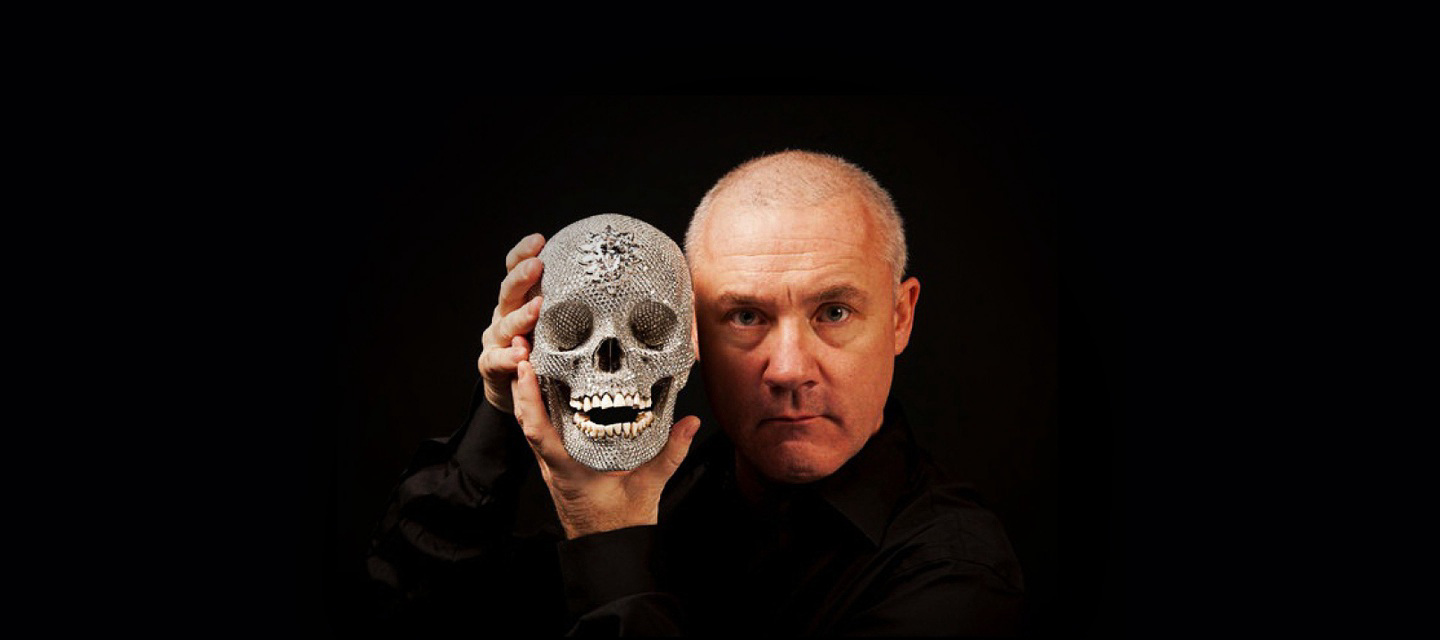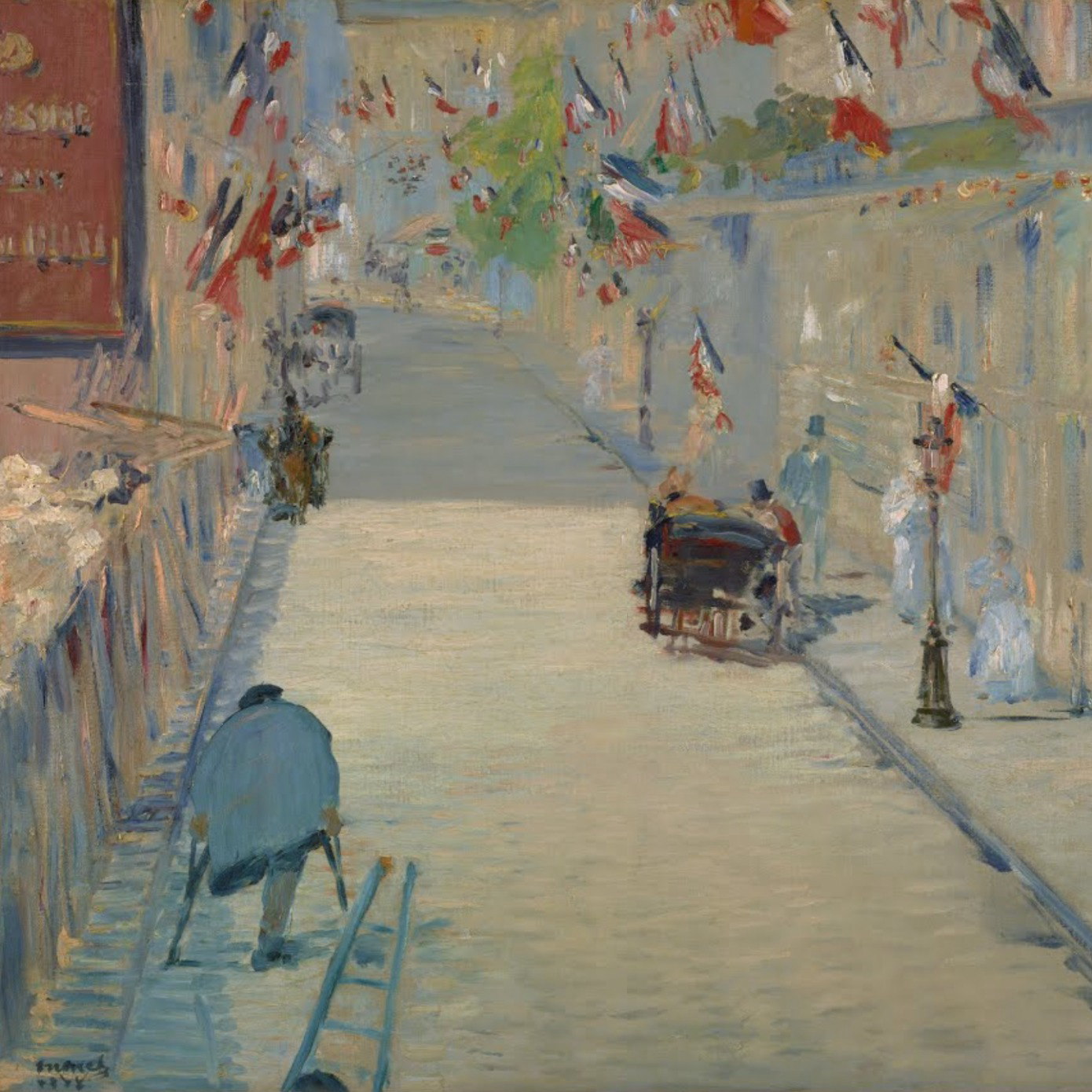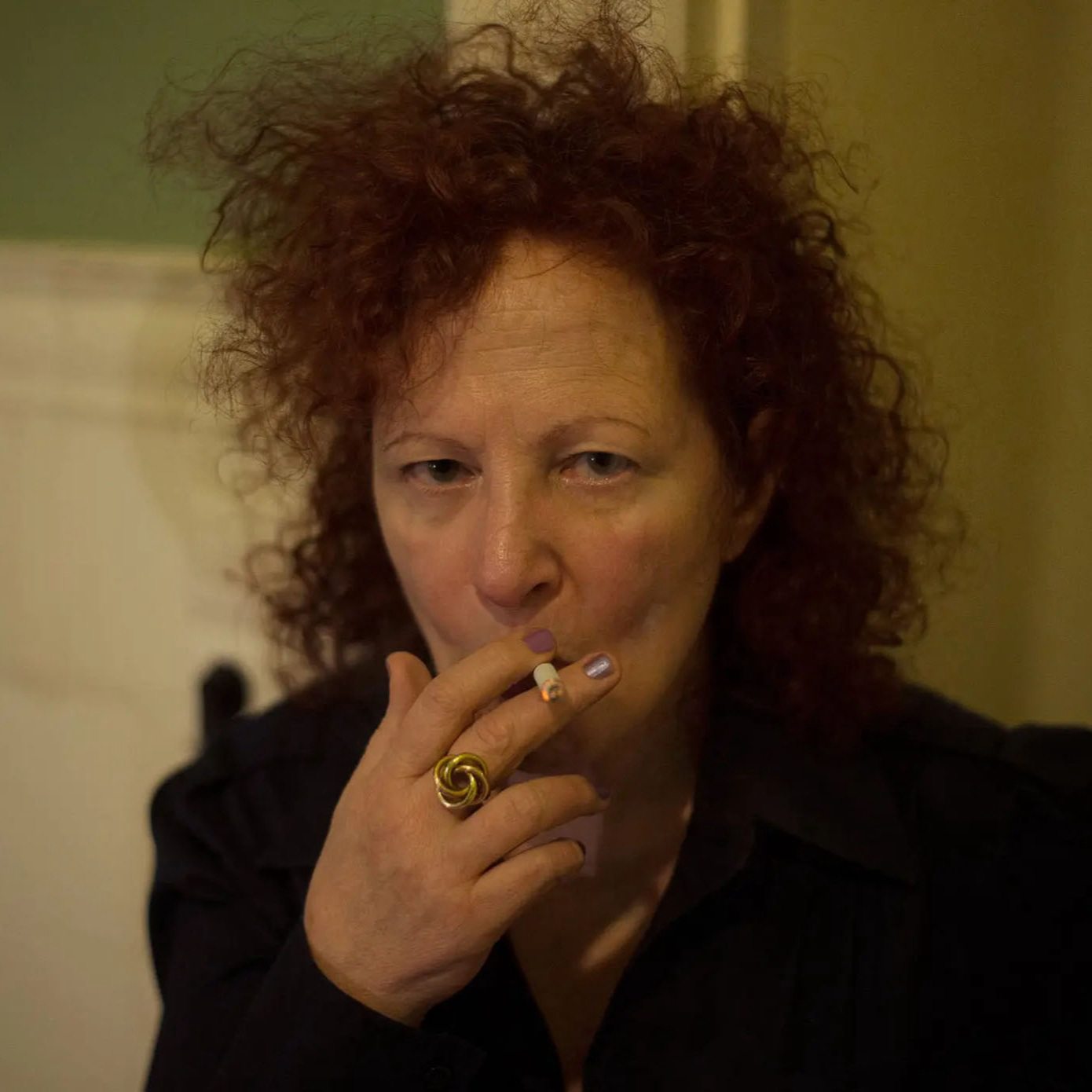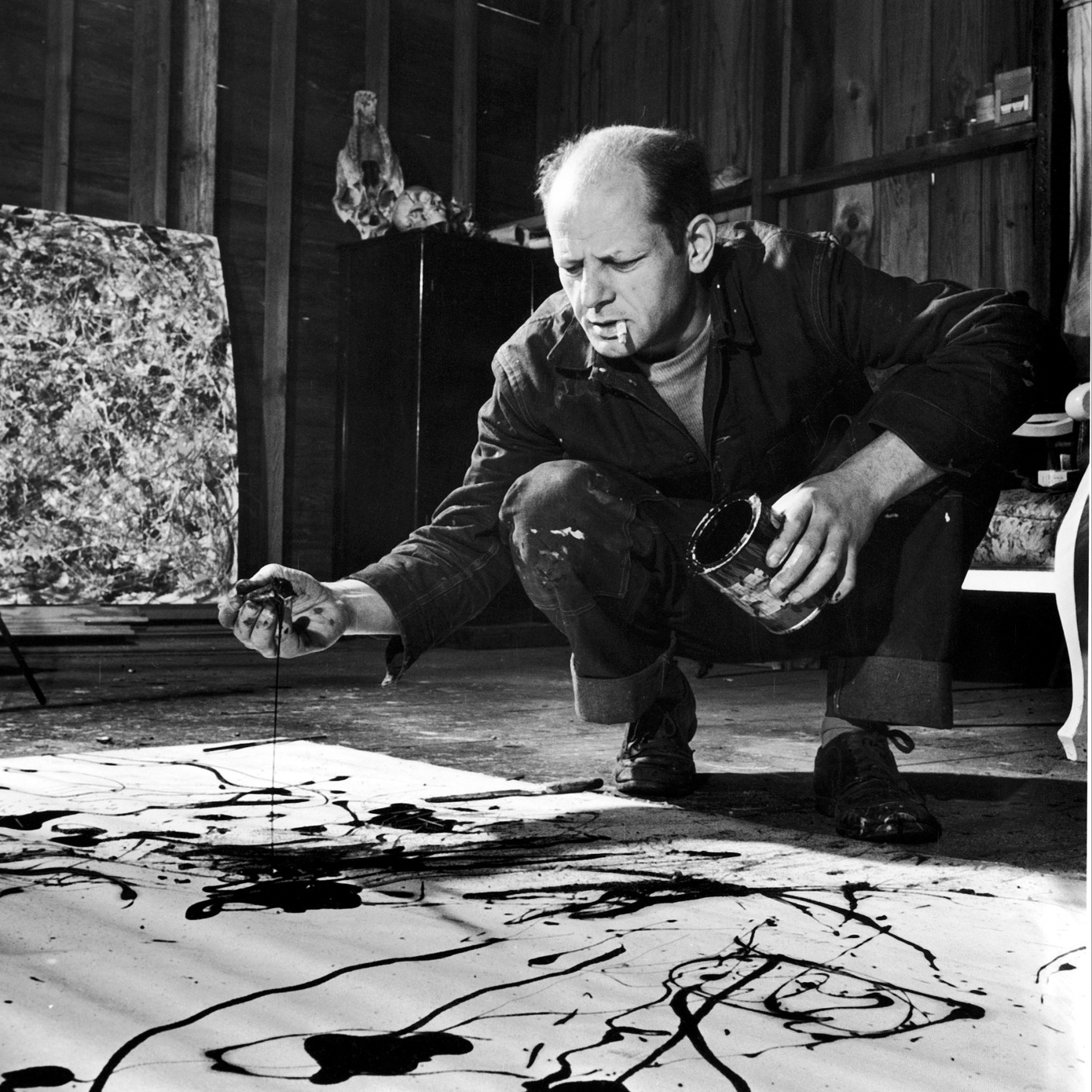This is Art History, your weekly primer on the art world’s salacious past. From heists to heartbreaks, CULTURED brings you the most scandalous stories from the history books, guaranteed to dazzle your dinner companions.
They say that imitation is the highest form of flattery, but for Damien Hirst, it’s grounds for a bitter and public takedown. In 2008, then 16-year-old graffiti artist Cartrain used one of Hirst’s sculptures, For the Love of God, in a collage. The diamond-encrusted skull, initially valued at £50 million, was featured prominently in a series of works for sale online. In response to this bit of entrepreneurship, Hirst instigated an aggressive legal campaign against the minor, sending the Design and Arts Copyright Society (DACS) after him, confiscating his remaining works, and demanding Cartrain fork over the £195 he had made thus far from sales.
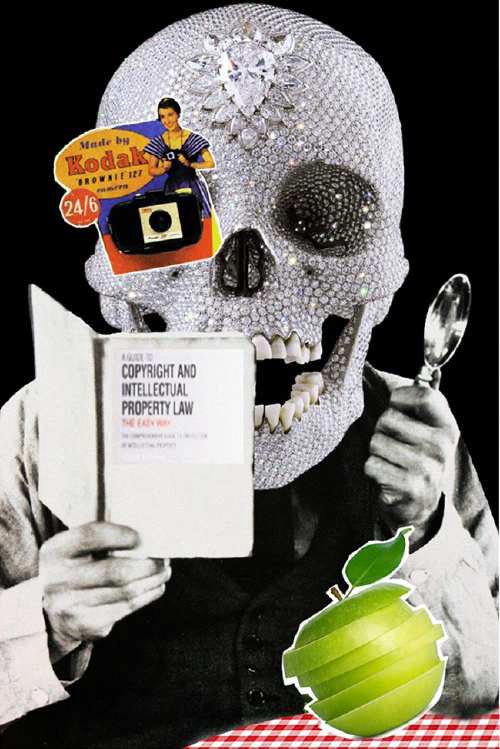
Responding to the brash display of power in a way that most teenagers would, the following year, Cartrain decided to exact revenge. The 17-year-old walked into the Tate Britain and targeted Hirst’s installation Pharmacy, pilfering a box of pencils from the stylized shopping space. Once the pencils were safely stowed away, Cartrain designed a “wanted” police poster reading, “For the safe return of Damien Hirst's pencils I would like my artworks back that DACS and Hirst took off me in November. It's not a large demand...Hirst has until the end of this month to resolve this or on 31 July the pencils will be sharpened. He has been warned.”
What could have been interpreted as a youthful indiscretion, Hirst took as a further slight and escalation of the feud. Enraged, the blue chip artist valued the pencils at £500,000 and reported the robbery. A few weeks after the incident, the police showed up at Cartrain’s family home with a warrant for his arrest. For good measure, the officers also detained the artist’s father, whom they suspected of harboring the goods. While Cartrain’s parents were cleared without charges, the youth was let out on bail and waited to hear whether he would be convicted for what would amount to one of the highest value modern art heists in Britain.
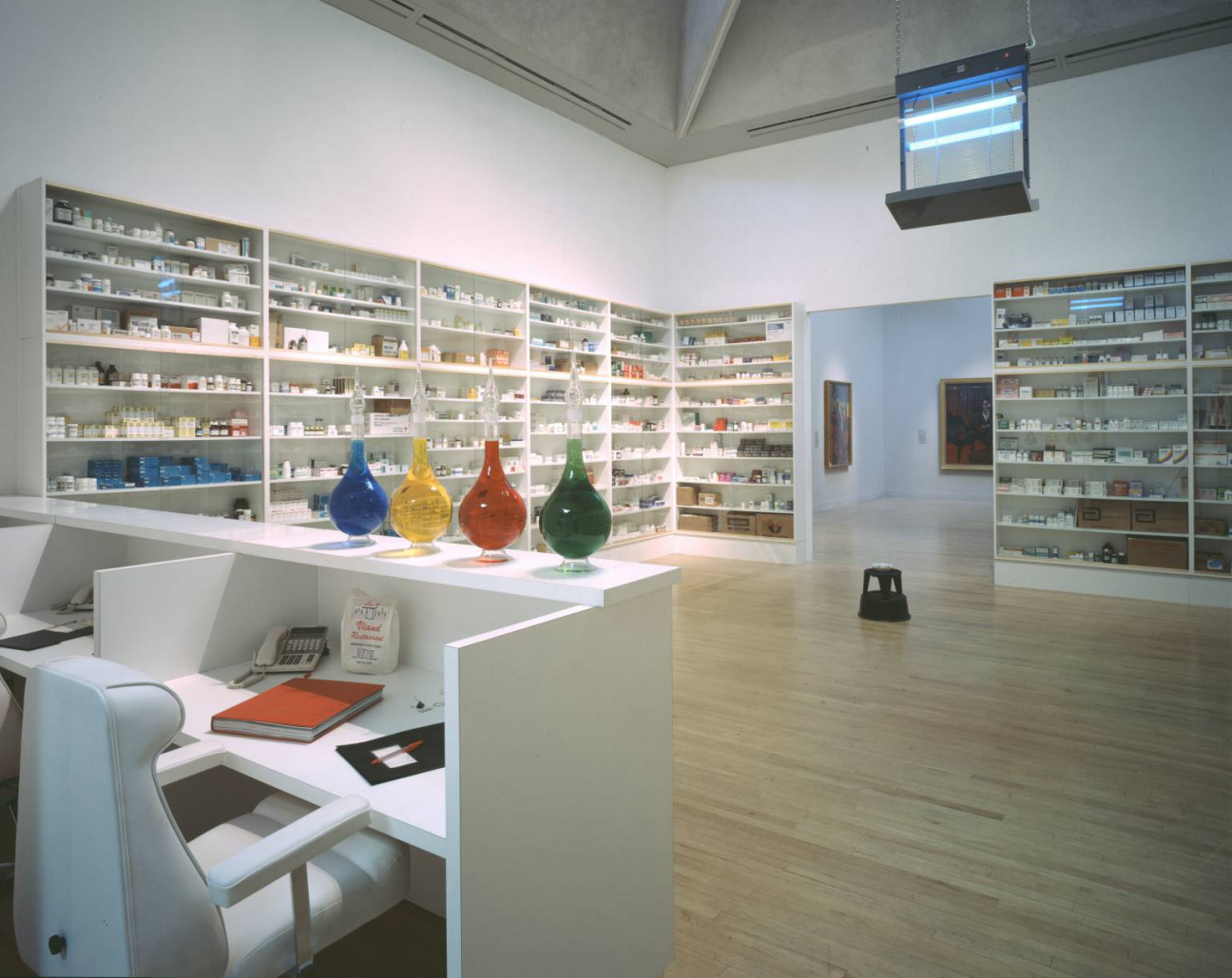
Luckily, charges were dropped later that year, but that wasn't the end of their story. In an even more courageous move in 2009, Cartrain showed up at Hirst’s exhibition at London’s White Cube gallery. The teen told the Independent about his first face-to-face with his foe, saying, “He asked me if I was Cartrain to which I replied I was. He explained he was all right with all the publicity and that he wished to speak further. He seemed quite all right at the time but he did make a quick exit.”
Hirst is no stranger to copyright and theft charges. The world’s wealthiest artist has had a number of plagarism accusations levied against him, including by his old friend John Lekay who alleged that Hirst ripped the diamond skull idea off of him. Hirst was also arrested twice in his youth for shoplifting. In 2018, he told The Times, “All my ideas are stolen anyway. Even the spots. I’m thinking whether I stole them from Larry Poons or someone else.”

